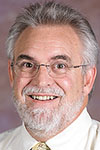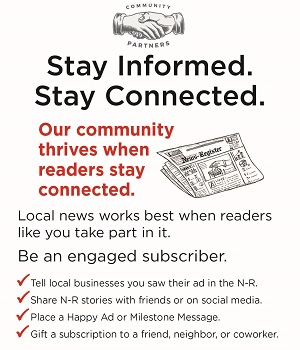Speed all-important in medical response
Sudden onset of serious medical symptoms associated with either heart attacks or strokes should be considered the starter’s gun that triggers a dash to emergency medical care.
Thursday’s lead story in The Oregonian drove home that message with this much-enlarged headline acronym: F.A.S.T., as in, “Facial drooping … Arm weakness … Speech difficulty … Time to call 911.”
The story described swift action that saved Kim Vu after her massive stroke in March, following services at a church in Beaverton. It was a story about fortuitous circumstances: a public incident sparking an immediate 911 call; transport in minutes to one of the Portland-area’s two comprehensive stroke centers (OHSU and Providence St. Vincent); a Facebook post that galvanized an off-duty neurointerventionalist expert into immediate action; and an amazing 30-minute operation to remove a huge clot blocking the flow of blood to Vu’s brain.
Physicians inserted a catheter into her femoral artery and, as the story reported, “snaked the device through the highway of arteries to her brain … Using this device, they opened her artery, clamped onto the blob of blood and pulled it out.”
Relief was immediate; recovery followed. Without that operation, Vu almost surely would have become one of about 130,000 annual U.S. stroke fatalities, one of every 20 deaths. Americans suffer about 795,000 strokes annually, and those strokes are our leading cause of long-term disability.
Heart disease is the nation’s leading cause of death, about 610,000 per year, or one in four deaths. The Centers for Disease Control and Prevention website calls it “America’s Heart Disease Burden,” reporting that about 735,000 Americans have a heart attack each year.
As with strokes, the key is to recognize the warning signs and get emergency treatment quickly.
Heart attack symptoms include chest pain, upper body pain, shortness of breath, nausea, light-headedness and cold sweats. Stroke symptoms include sudden numbness or weakness on either the left or right side of the body, confusion, difficulty talking, walking or comprehending language, sudden vision problems and piercing headaches.
While early medical intervention is key to saving the lives of heart attack and stroke victims, earlier intervention by potential victims themselves is even more important. Heart attacks and strokes share almost identical risk factors — a list headed by high blood pressure, high cholesterol and smoking, which also includes diabetes, obesity, poor diet, physical inactivity and excessive alcohol use.
So, reduce those risks. But if the symptoms appear, don’t walk — run — for emergency medical care.














Comments